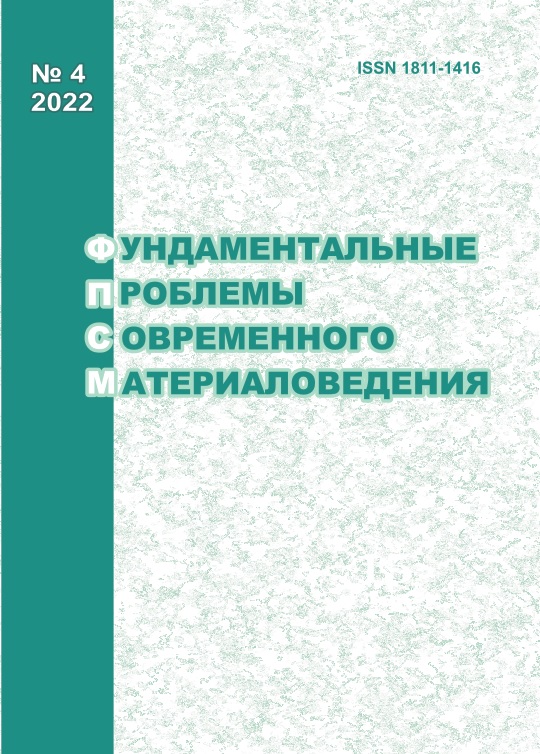INCREASING THE PLASTICITY OF BORIDE COATING ON LOW CARBON STEEL
10.25712/ASTU.1811-1416.2022.04.014
Keywords:
boriding, boron-copper plating, plasticity, diffusion coefficient, structure, microhardnessAbstract
The paper presents a comparative study of the structure, microhardness, diffusion coefficient and plasticity of borated and boron-copper layers obtained on low-carbon steel St3 using the developed combined solid-phase method for saturating the steel surface using high-temperature synthesis of saturating elements from boron and copper oxides during heat treatment (HT) in reactive granules in which aluminum is used as an oxide reducing agent. The exothermic reaction of the simultaneous reduction of boric anhydride obtained from dehydrated boric acid and copper oxide leads to an intensification of the process of alloying the iron-carbon alloys (ICA) surface. In pure boriding using the reduction reaction of boric anhydride in the process of chemical heat treatment (CHT), the coating is formed according to the classical version with the formation of a layer with the structure of acicular crystallites oriented from the surface into the depth of the metal. After 5-hour treatment, a two-phase coating is formed from a higher FeB boride with a microhardness of 21-22 GPa and an underlying layer of a lower Fe2B boride with a microhardness of 18-19 GPa. The thickness of the higher boride layer is up to a third of the total length of the borated coating. The maximum length of needles for boriding was 120 mm. The structure of the boron-copper coating also has the structure of acicular crystallites, but differs in denser packing and greater thickness, which reaches 200 mm. When boron-copper plating, a non-standard distribution of microhardness along the length of the layer was established. There is a positive gradient of microhardness growth from the surface deep into the layer with a maximum value of 18-18.5 GPa at a distance of 20-30 % from the surface of the total coating thickness. The diffusion coefficient of boron in the presence of copper oxide in the granule increases up to 4 times, determined by the calculation and equations obtained using the Excel software. The brittleness value elim for boron plating was 1.25-1.27, for boron-copper plating – 2.21-2.42, which is estimated by brittleness points in for boron plating – 3, for boron-copper plating – 1. The presence of copper oxide in the reaction granule contributes to the diffusion of boron into depth of the ICA with the formation of a phase from the lower iron boride, which has a positive effect on the finishing and operation of the machined parts.











 Journal «Fundamental’nye problemy sovremennogo materialovedenia / Basic Problems of Material Science»
Journal «Fundamental’nye problemy sovremennogo materialovedenia / Basic Problems of Material Science» This work is licensed under a
This work is licensed under a 
